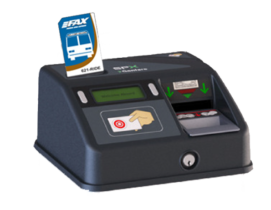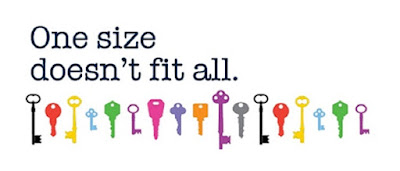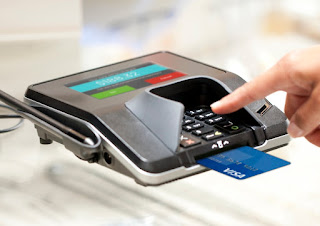Is Scan-and-Go the Future of Retail?

By Rimma Kats eMarketer Cashierless stores, like Amazon Go, have great potential to shake up the brick-and-mortar landscape. According to GPShopper, 48% of US internet users believe scan-and-go technology would make shopping easier. And 43% would rather try scan-and-go than wait in a checkout line. Respondents said they'd be most interested in scanning groceries, home goods and fashion items. Similar findings were reported by RIS News, which asked US digital buyers which new shopping options—ranging from drone delivery to augmented reality in-store—they would most like to use. Grab-and-go stores with self-checkout was the leading response, with 59% of respondents saying they’d use it. But a world without cash, credit cards or even a mobile wallet isn’t here yet. Here’s what retailers need to know about how to get there.













